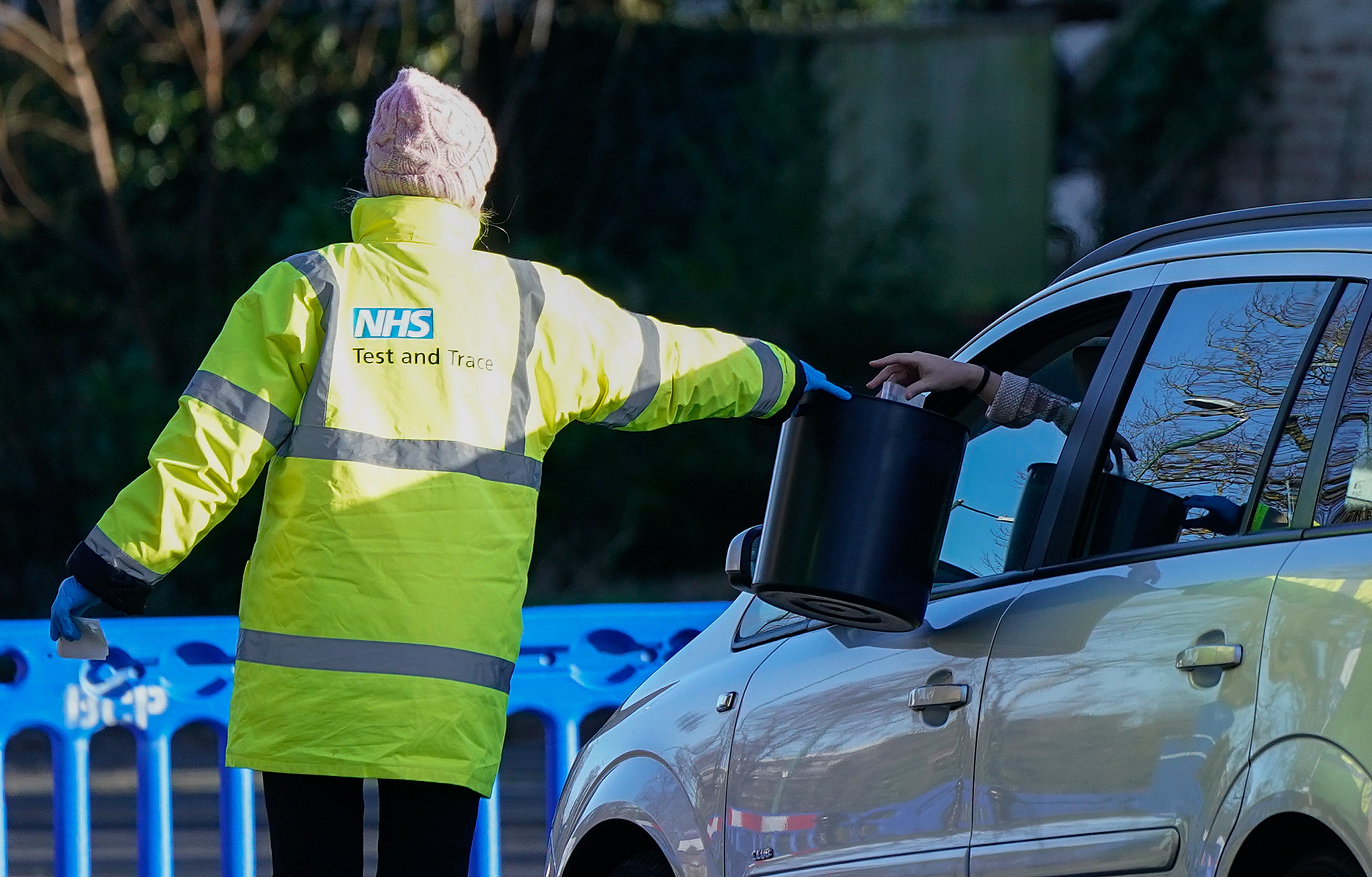‘Increasing levels’ of Covid driven by jump in rates among 30-49 year-olds
Hospital admissions are still highest among the over-85s.

Rising Covid-19 infections are being driven by a jump in outbreaks among 30 to 49-year-olds, while rates are highest in south-west and south-east England, new figures suggest.
Public health experts have warned the virus is circulating at “increasing levels”, with several factors likely to be responsible, including the increased transmissibility of the BA.2 variant and the scrapping of rules for self-isolation.
All age groups and regions saw a rise in Covid-19 activity last week, according to the UK Health Security Agency (HSA).
Case rates were highest in south-west England, with 939.3 cases per 100,000 people in the seven days to March 13, up sharply week-on-week from 532.8.
South-east England has also seen a steep increase, from 512.9 to 867.1.
Rates were lowest in north-east England, though here the number jumped from 266.5 to 435.9.
Within age groups, rates were highest among people aged 30-39 and 40-49, at 878.8 and 849.2 respectively, with both groups seeing a sharp jump from the previous week.
Case rates are based only on people who have a positive result in a PCR test and do not reflect the true scale of Covid-19 in the country.
As many as three-quarters of people newly infected with the virus are likely to be missing from the figures, according to estimates published by the Office for National Statistics (ONS).
But changes in rates among different age groups and regions can suggest broader trends in the population at large.
New estimates of Covid-19 levels across the UK will be published on Friday as part of the ONS infection survey, which is most reliable measure of the prevalence of the virus.
Responding to the latest rates, Dr Mike Gent, HSA Covid-19 public health incident director said: “Covid-19 is circulating at increasing levels and while rates of severe disease and death remain low, hospital admissions have risen. As we learn to live with Covid-19, it’s vital that everyone keeps taking the necessary steps to limit the spread.
“Vaccination remains our best defence against the virus, and it’s vital that everyone has had all their recommended doses. Please help reduce transmission by wearing a face covering in crowded or enclosed spaces, washing hands regularly, keeping rooms well ventilated. Get tested if you have Covid-19 symptoms, and stay at home if positive.”
Increases in coronavirus “may be attributable to a range of factors”, the HSA said in its weekly surveillance report.
These include “the gradual increase in social contacts over recent weeks, the ending of legal requirements for self-isolation and increased transmissibility of the BA.2 variant”.
BA.2 is a mutation of the original Omicron variant of coronavirus and it now accounts for the majority of new infections in the UK.
The hospital admission rate in England for patients with Covid-19 stood at 13.4 per 100,000 people in the seven days to March 13, up from 11.7, the HSA said.
This is the second week-on-week rise in a row.
Admissions rates have increased in all regions except the West Midlands.
The highest admission rate among age groups is for over-85s, at 133.2 per 100,000 people, up week-on-week from 122.4.
Bookmark popover
Removed from bookmarks